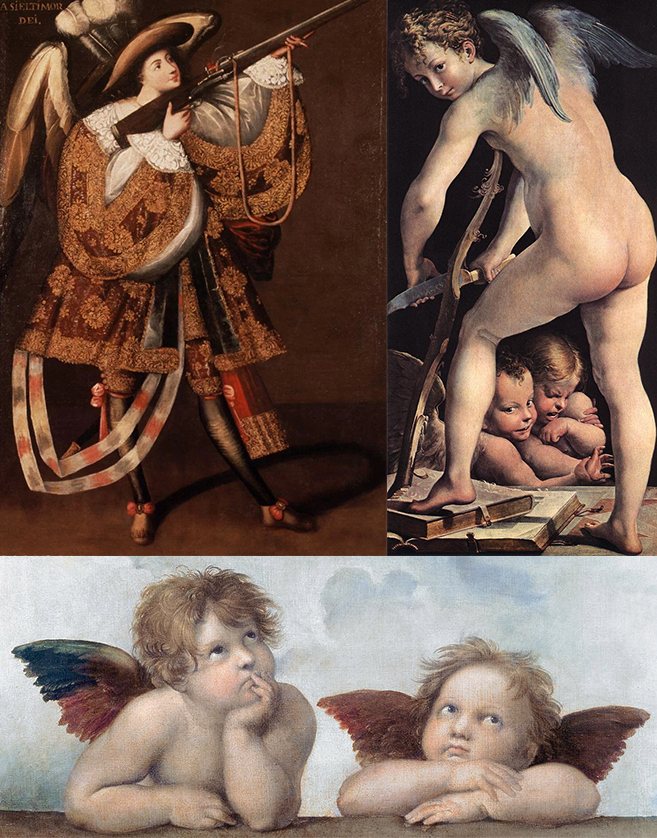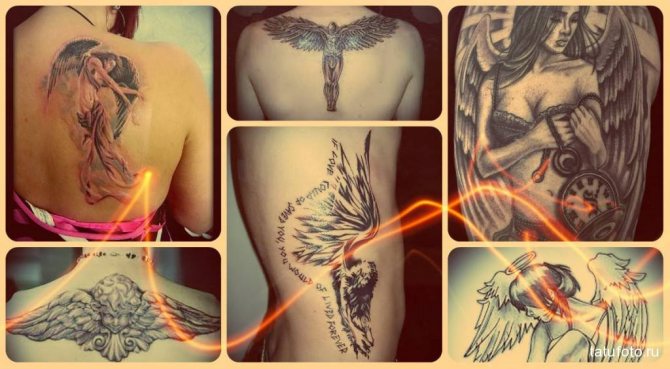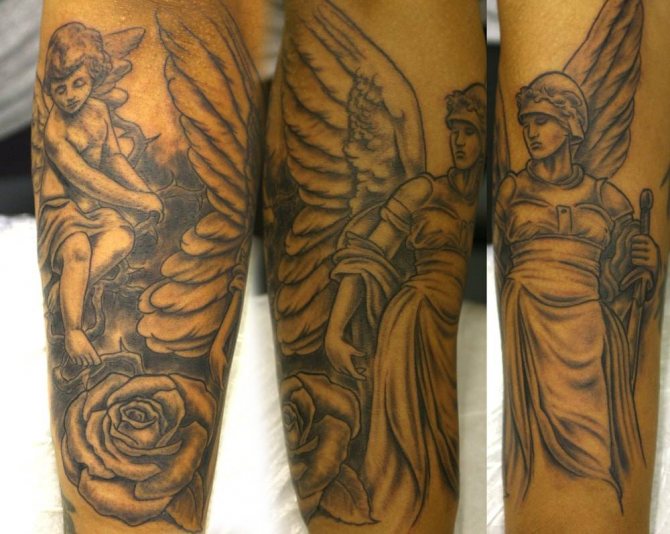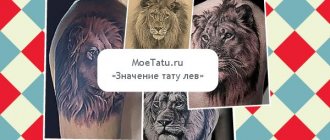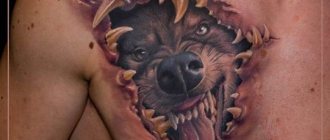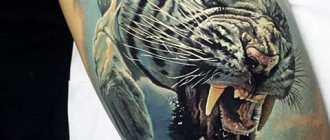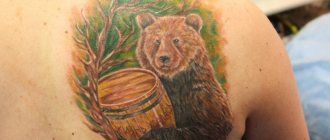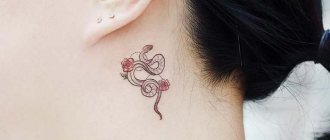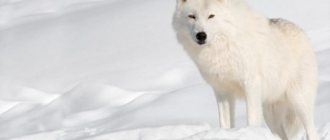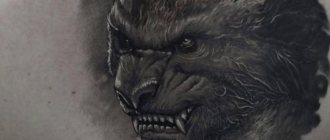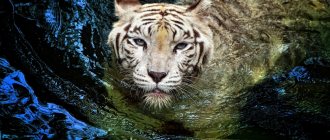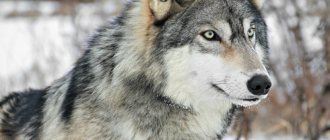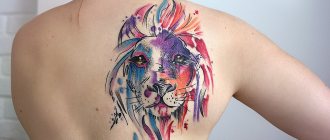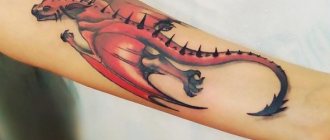Art Nouveau Angels.
During the Classical era, artists extolled the image of the majestic heavenly messenger, ranging from the antiquated languid young man in a toga to the brutal knight. Suddenly, however, a new character appeared - a female angel: she was depicted both as a reserved lady, in the spirit of the time, and as a charming winged beauty.
Now this image looks absolutely natural, but before the Victorian era it would never have occurred to anyone to paint the messenger of heaven in such a way. Most likely, such a type appeared as a result of a mistake by artists who often saw a similar soul figure with wings in cemetery sculpture and did not pay attention to the context of traditional sacred art.
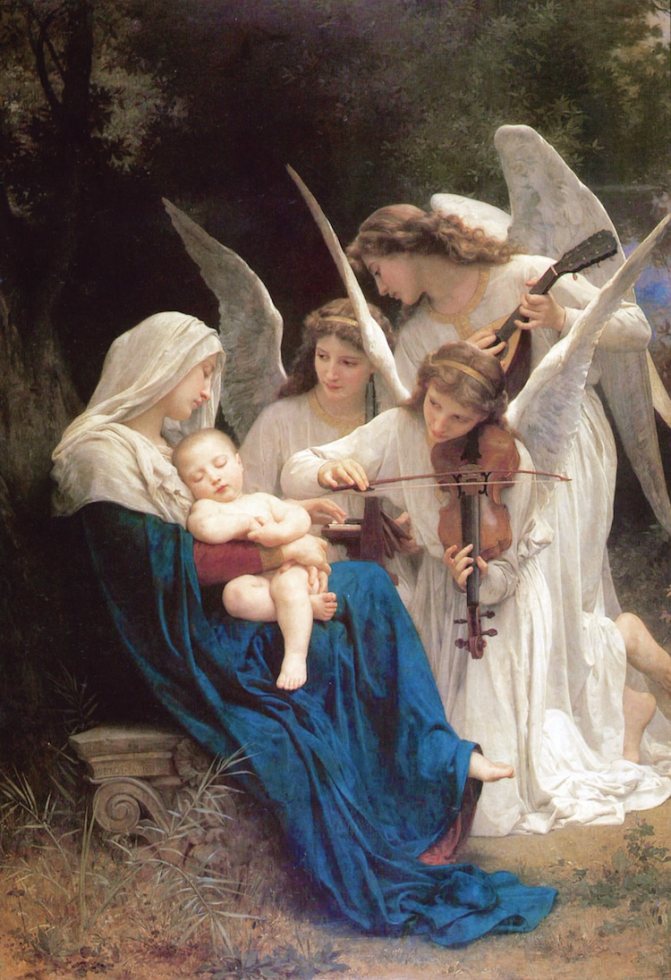
But in the twentieth century this stereotype was broken as well. Dali, Picasso, Kandinsky and Chagall painted heavenly messengers who invariably added to the already enlarged body of God over two millennia. But perhaps the most famous image in this series was created in 1920 by the German artist Paul Klee. His Angel of History served as a starting point for philosopher Walter Benjamin, who offered his interpretation of world progress. He saw in the unusual figure with his hands raised up, as if at gunpoint, not good news, but a prophecy of disaster and the destruction of the familiar order by inhumane war:
"This is what the angel of history should look like. His countenance is turned toward the past. Where for us is the chain of events to come, there he sees a solid disaster, incessantly piling ruins upon ruins and dumping it all at his feet. He would have stayed to pick up the dead and blind the wreckage. But the squall wind rushing from heaven fills his wings with such force that he can no longer fold them. The wind carries him irresistibly into the future, to which he has his back turned, while the mountain of rubble in front of him rises to the sky. What we call progress is this flurry."
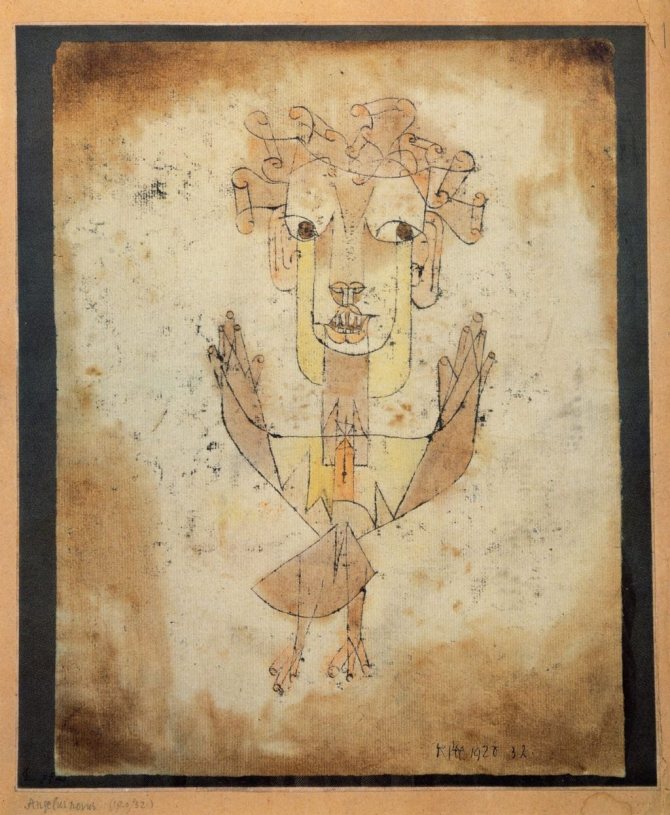

Today in popular culture there are several images of angels at once. The type of heavenly warrior, which dates back to medieval art, has become popular and can now be found in fantasy literature and computer games. Not infrequently the messenger also appears as a beautiful woman, as if she had descended from a picture by the Pre-Raphaelites. The wingless beardless angel, the many-headed chimera angel, the chubby Eros angel - the ruthless wind of art progress takes them further and further back into the past, which is now remembered only by art historians and interested people like you and me.
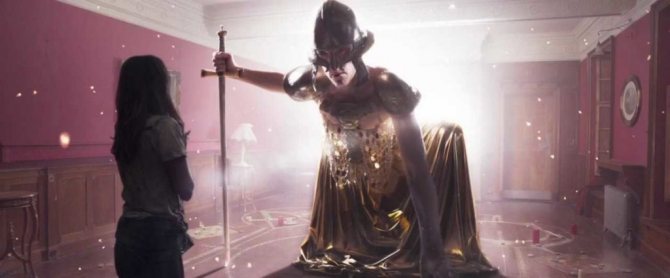

Living fire and countenance with wings: the angelic ranks
By systematizing Ezekiel's visions and other biblical evidence, the fifth- and sixth-century theologian Pseudo-Dionysius the Areopagite created a classification of the nine angelic ranks. He placed the "cherubim" contemplating the throne of the Most High second after the fiery "seraphim", who represented the flame of divine love. Next came the throne-bearing "thrones" of the Lord.
Then came the "lords" who were constantly exalted in their greatness, the mighty and godlike "powers", the possessors of spiritual energy "authorities", the "superiors" in charge of sacred order, the "archangels" who rule the lower ranks, and the "angels" who convey divine revelations to men.
Under the influence of the theology of the Areopagite and other theologians, artists began to paint the messengers of heaven in a differentiated way, given their rank. Seraphim were depicted with four or six wings of fire, or sometimes illustrators simply painted their plumage red instead of flames, so that these characters resembled exotic birds.
Cherubs were represented in the same way, only without fire, and sometimes their legs and arms and sometimes their face were completely hidden by giant wings. Thrones could be painted as winged wheels studded with eyes, or as anthropomorphic beings with a huge throne in their hand.
The other ranks were usually depicted as similar to the previous ranks. Visual hierarchies emerged: angelic groups were tried to be shown as different beings seated sequentially on the nine heavens (sometimes a tenth "regiment" was also drawn - the place of the absent Lucifer and his minions). Such images existed not only in the West, but also in Orthodox icons: in one of them we see all nine angelic ranks depicted in completely different ways.
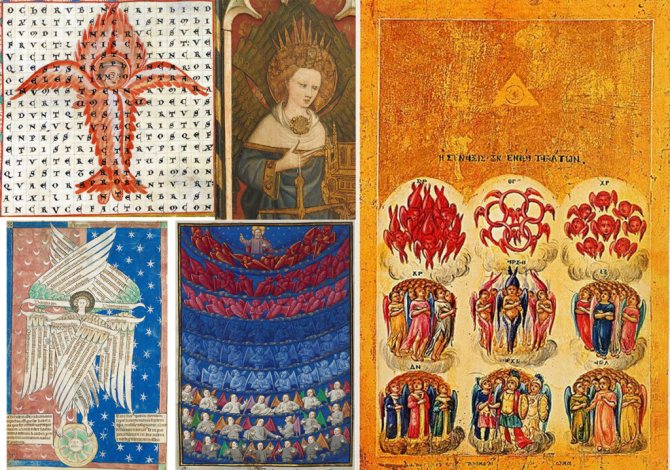

The wheel and the beast-headed monster: the angel chimera
Perhaps the only place in the Bible where angels are described in some detail is the vision of Ezekiel. At first the prophet does not specify what kind of creatures he saw, and speaks of strange creatures with four heads - a calf, a man, an eagle and a lion:
"...Their appearance was like that of a man; and each one had four faces, and each one had four wings; and their feet were straight, and their feet were like the foot of a calf, and glittered like shining copper. And the hands of men were under their wings, on their four sides; and their faces and their wings were all four of them; their wings were touching one to the other; in the course of their procession they turned not round about, but walked each in the direction of his face. The likeness of their faces is the face of a man and the face of a lion on the right side of all four of them; and on the left side the face of a calf on all four of them, and the face of an eagle on all four of them.
When they walked, they walked on their four sides; they did not turn around during the procession. And their rims were high and fearful of them; the rims of the four around them were full of eyes" (Ezekiel 1:5-18).
And only in chapter X will it be said that this is one of the angelic ranks, the cherubim:
"And the Cherubim lifted up their wings, and rose up in my eyes from the earth; when they departed, the wheels were also under them; and they stood at the entrance of the east gate of the house of the Lord, and the glory of the God of Israel above them. These were the same animals that I had seen at the foot of the God of Israel at the river Hovar. And I knew that they were Cherubim" (Ezekiel 10:19-20).
Already in the early Middle Ages, church artists tried to depict the angels described by the prophet as closely as possible to the text. The quadrupedal beings came to be called tetramorphs - and were considered a special kind of cherubim that surrounded the Lord's throne. Because Ezekiel's "verbal portrait" was extremely confusing and difficult to visualize, Christian craftsmen over the centuries have drawn them in many different ways.
For this reason, the pages of medieval Bibles often contain images of creatures with the heads of man, bull, lion, and eagle. In their bodies, their legs are juxtaposed with paws or wheels, dotted with eyes, and their arms with wings.
At times we do not see a single "organism," but rather wings fitted together, to which - with more or less anatomical conviction - are attached four heads, as well as wheels that turn the tetramorph into the cart of God. This is how the angel is depicted in the earliest surviving image of its kind from the Syriac Gospel of Rabulah, 586.
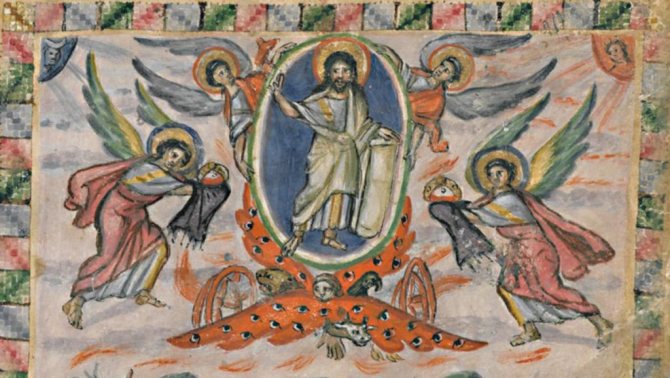

More often, however, the angelic figure (in the usual sense of the word) was used as a base, with the other three heads joined to it. Sometimes, in an effort to emphasize the special nature of the tetramorph and perhaps diminish its monstrousness, craftsmen tried to disguise the three animal mouths by drawing them, for example, as part of the cherub's hairdo.
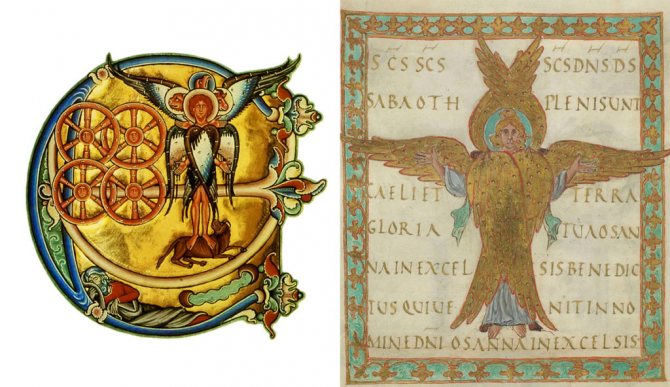

However, not all tetramorphs are based on the human figure. There are many depictions where they appear in an animal guise - as bull-like beasts with four different heads, wings and arms growing directly out of their bodies, or as a winged hybrid with four legs and four heads, resembling not a living creature, but rather an object of temple utensils.
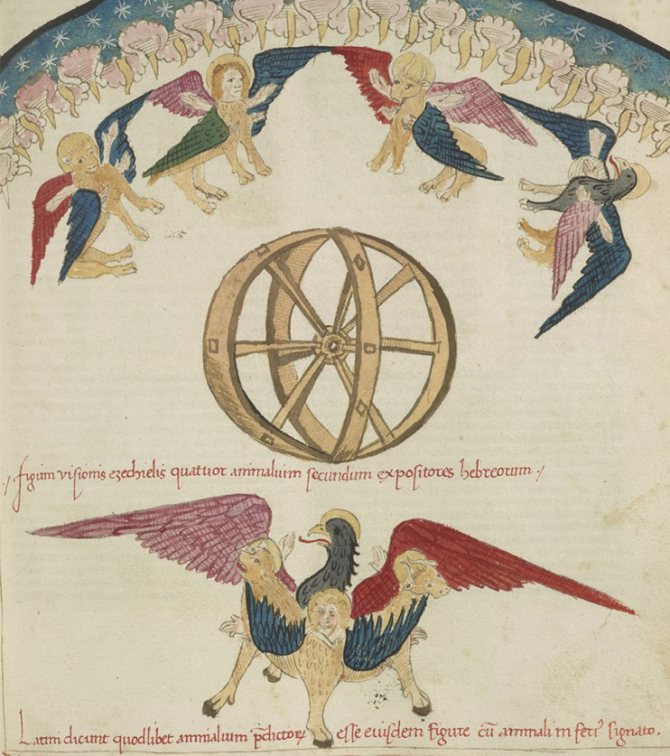

Since the twelfth century, such divine monsters have sometimes been contrasted with devilish ones, such as the beast with seven heads and ten horns, which serves as the throne for the harlot of Babylon in the Revelation of John the Evangelist. Thus appears the allegorical representation of the Church riding the tetramorph, a hybrid of man, lion, calf, and eagle. In this context it symbolizes the testimonies of the four Gospels, on which the Christian teaching is based.
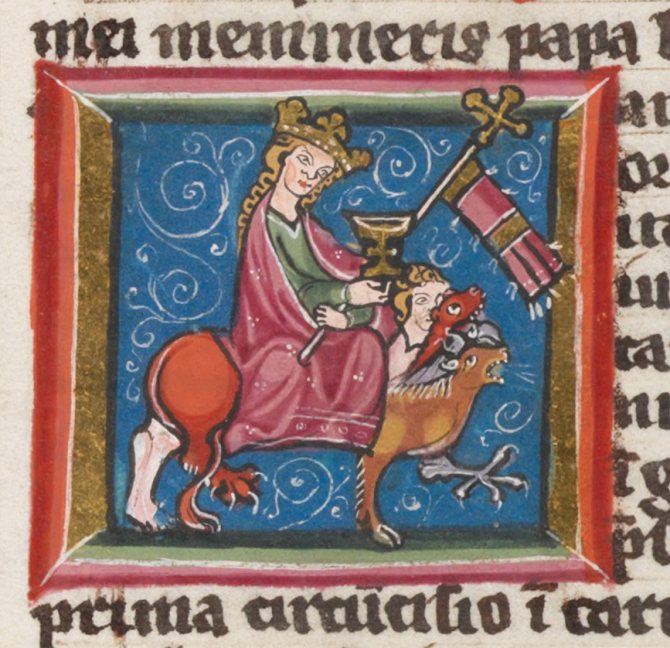

Along with depictions of chimerical creatures were illustrations with four separate angel-like beasts. In the New Testament Revelation of John the Evangelist, the tetramorphs from Ezekiel's vision are reinterpreted and "broken up" into individual "animals."
"...in the midst of the throne and around the throne four animals, filled with eyes in front and behind. And the first animal was like a lion, and the second animal was like a calf, and the third animal had a face like a man, and the fourth animal was like an eagle flying. And each of the four beasts had six wings around, and inside they were filled with eyes; and they have no rest day or night, crying out, "Holy, holy, holy is the Lord God Almighty, who was, is, and is to come" (Rev. 4:6-9).
In Christian tradition, these images have been interpreted as symbols of the four evangelists. According to the most common version, the angel stood for Matthew, the lion for Mark, the bull for Luke, and the eagle for John. At the same time, in some depictions the four beings were "merged" into a tetramorph to emphasize the idea of the unity of the apostolic witnesses to Christ.
For example, in the generalized image of the Evangelists we see zoomorphic motifs: the bearded man has a pair of human legs, wearing sandals, but in front of him, as if from behind a screen, hang eagles' and lions' feet and bull's hooves.
The heterogeneous elements are fused into one body, making it resemble the tetramorph from Ezekiel's vision.
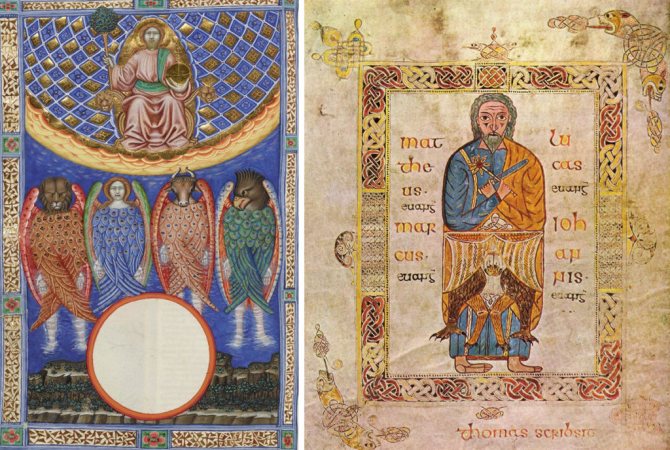

In other images, widespread since the beginning of the fifth century, the symbols of the Evangelists are not anthropomorphic at all. For example, on the mosaic of the apse of the Roman basilica of Santa Pudentiana we see Mark the lion in human clothing with wings behind his back. In the Middle Ages, they would appear in both zoomorphic and anthropomorphic symbols of evangelists, demonstrating their angelic essence. And in Spanish manuscripts of the Apocalypse with an interpretation by Beatus of Liebant (8th century), the biographers of Christ were sometimes also depicted with wheels instead of feet.
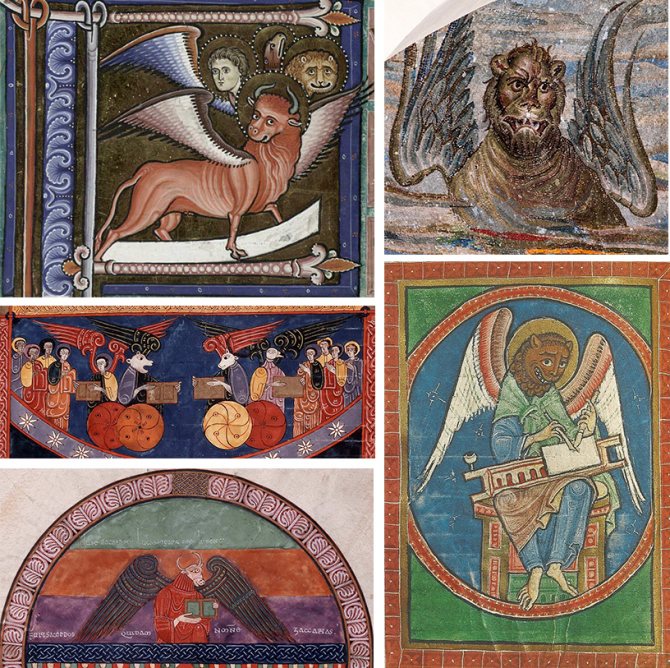

Eros, putti and arquebusiers: the sweet angel
The ancient image of Eros had a tremendous influence on early Christian art. The little winged creature with a bow became the "model" for drawings of the soul soaring into the sky.
In the Middle Ages the iconography of the God of Love, a distant descendant of the ancient Eros, began to resemble that of Christ, thanks to the spread of his image in fiction (for example, in the 13th-century Romance of the Rose).
He was drawn with a bow and arrows, and his head was decorated with a crown or even a colored halo, which "rhymed" with angel-like wings. Eros could be depicted wearing a mandorla, although usually it only surrounds the figure of God or the Virgin Mary. To show the similarity of love for God and for one's neighbor, Christ was sometimes painted with a coal in his hand (a typical attribute of Cupid, a symbol of passion burning in the heart) or even piercing the hearts of his followers with arrows.
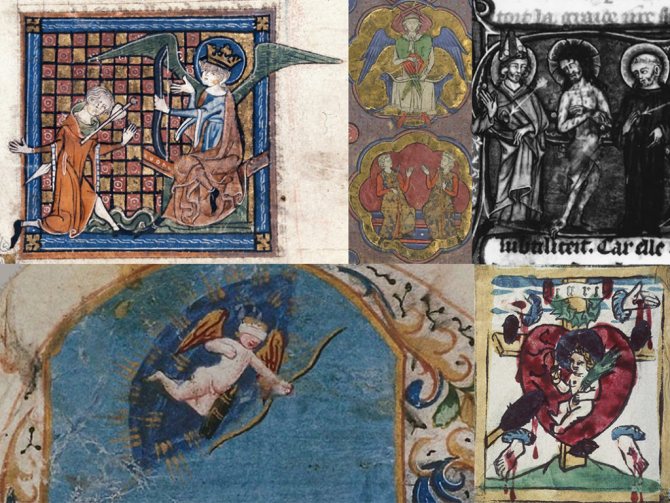

In the Renaissance, these motifs developed. Now putti were drawn like Eros - winged babies with halos, which in different contexts could denote the souls of the deceased, serve as an allegory of death and resurrection, as well as act as angels.
In the paintings of Baroque painters, winged little boys dressed in down and ashes, reminiscent of putti - older, but with an androgynous appearance, ruddy cheeks, and bare bottoms - play musical instruments.
And in colonial South America, the dapper, fashionably dressed angels were given arquebuses, "enlisting" them as part of God's army. However, the move is not new: in the Middle Ages the Archangel Michael, the archistratigus of the heavenly army, was already depicted in full battle garb and with weapons.
